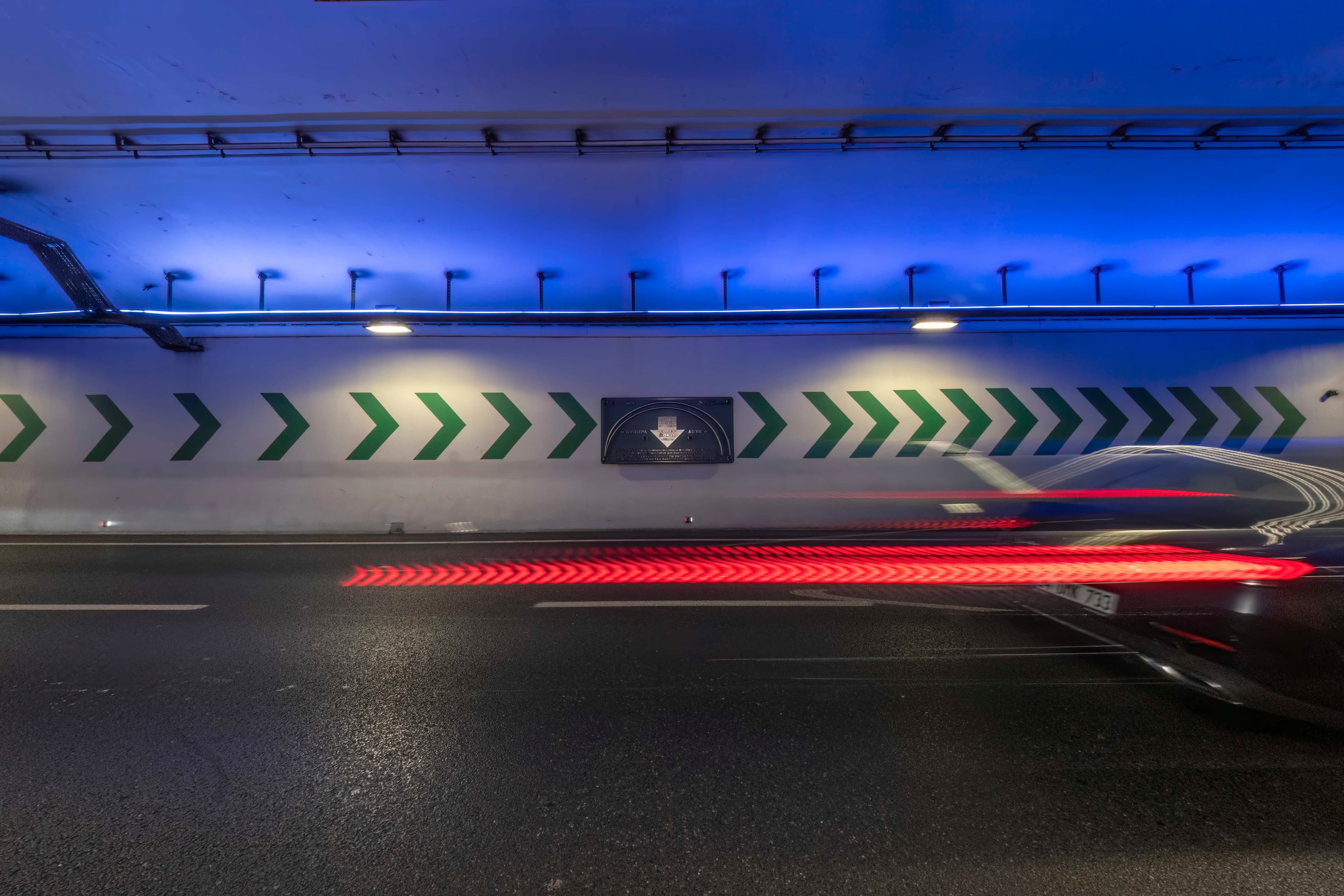The Eurasia Tunnel is a groundbreaking infrastructure project that connects the Asian and European continents beneath the Bosporus Strait, effectively alleviating Istanbul's traffic congestion. The tunnel covers a total length of 14.6 kilometers, featuring a two-deck section that spans 5.4 kilometers and was constructed using advanced tunneling technology at a maximum depth of 106.4 meters.
This $1.245 billion project is designed exclusively for light vehicles and serves approximately 75,000 vehicles daily. Utilizing a Mixshield Tunnel Boring Machine (TBM), the tunnel has set multiple world records in terms of excavation power and pressure. It has been designed with seismic-resistant features to enhance safety in this earthquake-prone region. The project was completed in 3 years and 11 months, finishing 8 months ahead of schedule, thanks to the dedicated efforts of 700 engineers and over 12,000 workers. Since its inauguration in 2016, the Eurasia Tunnel has facilitated 151 million journeys, resulting in significant savings in time, fuel, and emissions, thus contributing an estimated $2.0 billion in economic benefits.



















